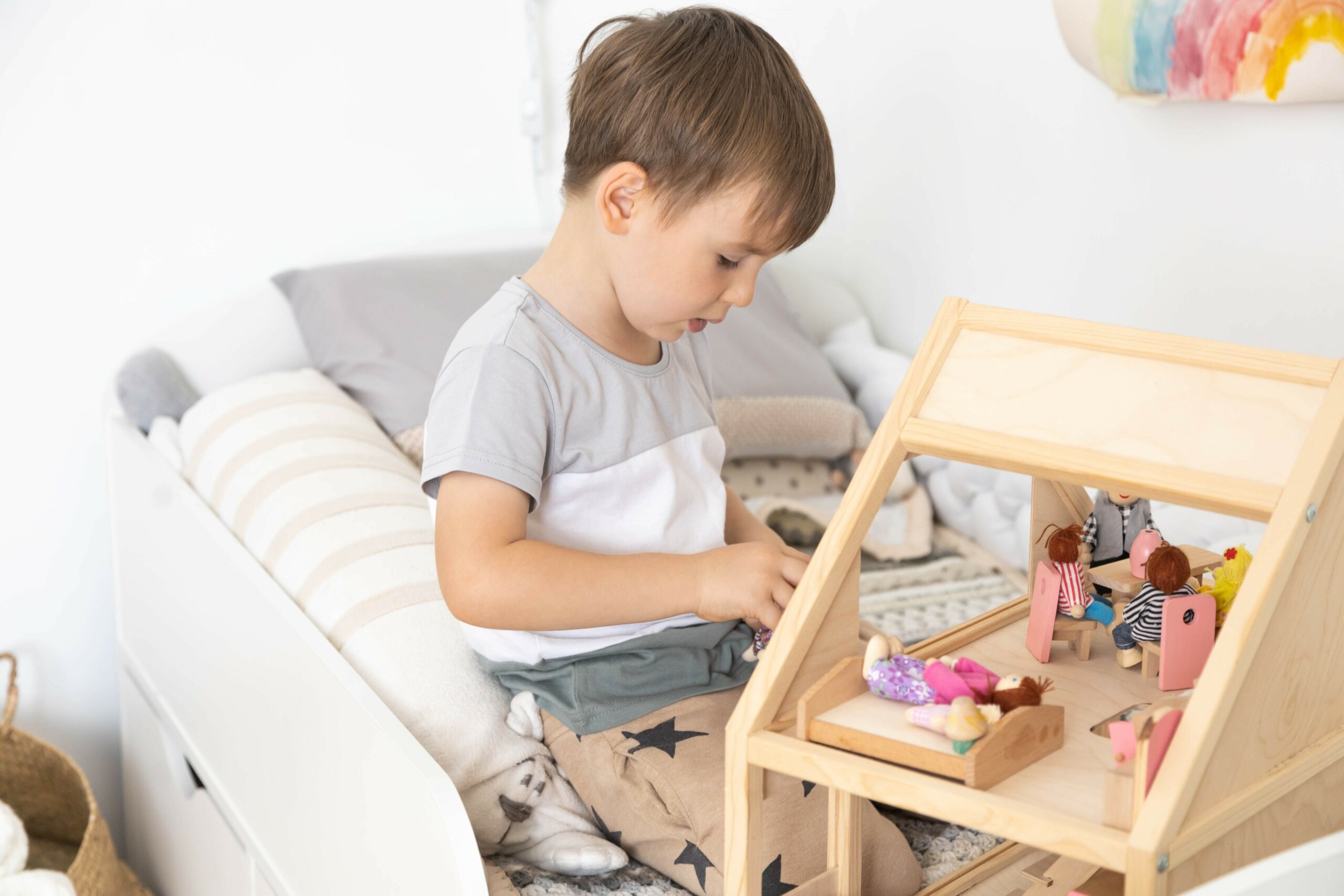Reprinted with permission from the Canadian Paediatric Society
Gender identity refers to the deep and intimate feeling a person has of themselves. Children begin to understand and express their gender identity early in life.
This article discusses how gender identity typically develops and how parents and caregivers can promote healthy development of gender identity and expression in children. It’s important to remember that each child is unique and may develop at a different pace.
What we mean by gender: Some useful definitions
Sex at birth: When children are born, sex is assigned based on external genitalia. A child who has a penis is said to be male. A child who has a vulva is said to be female. A child who is born with reproductive or sexual anatomy that does not fit the description of “female” or “male” is referred to as an intersex child.
Gender identity: Gender identity is “who you know yourself to be.” It is important to know that gender identity exists on a spectrum. A person’s gender identity can be masculine, feminine, non-binary (neither entirely male nor entirely female) or other.
Gender expression: This is how you portray your gender to others, whether through behaviour, clothing, hairstyle, the name you choose to go by, etc. Gender expression may or may not reflect gender identity.
Sexual orientation: This refers to sexual or emotional attraction that one feels for another person.
Transgender: When a person’s gender identity is not the same as the assigned sex at birth, the umbrella term “transgender” (often shortened to “trans”) is used. For example, a child born with female genitalia may identify as a boy. A child may also say that they are not a boy or a girl, but just “themselves” because they don’t want their sexual characteristics to define who they are.
Two-Spirit: Some cultures and Indigenous people use the term “Two-Spirit” to represent a person who identifies as having both a masculine and a feminine spirit. Two-Spiritedness can include cultural, spiritual, sexual and/or gender identity.
Gender dysphoria: Describes the level of discomfort or distress that can exist when there is a mismatch between a person’s experienced gender and their assigned sex at birth. Some transgender and gender-diverse children experience no distress about their bodies, while others may express significant discomfort. This distress may increase as puberty begins and the body starts to change.
References:
- Canadian Pediatric Society (CPS) How does gender identity develop?
- Caring for Kids (CPS) Gender Identity
- American Academy of Pediatrics Gender Identity Development in Children
- The Society of Obstetricians and Gynecologists of Canada
- The Sex Information and Council of Canada (SIECCAN) Gender Roles and Young Children
- SIECCAN Beyond Male and Female: An Introduction to Trans Issues
- Forcier, M., Van Schalkwyk, G., & Turban, J. L. (2020). Pediatric Gender Identity: Gender-Affirming Care for Transgender & Gender Diverse Youth. Springer. .
Resources
Books for Parents:
- The Transgender Child: A Handbook for Parents and Professionals Supporting Transgender and Nonbinary Children (updated 2022) by Stephanie Brill & Rachel Pepper
- Transitions of the Heart: Stories of Love, Struggle and Acceptance by Mothers of Transgender and Gender Variant Children (2012) Edited by Rachel Pepper
- Parenting Trans and Non-Binary Children: Exploring Practices of Love, Support and Everyday Advocacy (2022) by Mikulak Magdalena
Manitoba Family Resources:
Rainbow Resource Centre
- Parents, Family & Friends of Transgender Individuals Support and Educational Group
- Short-term counselling
- BLINK monthly family drop in for families with children age 10 and under to play, connect, and craft


